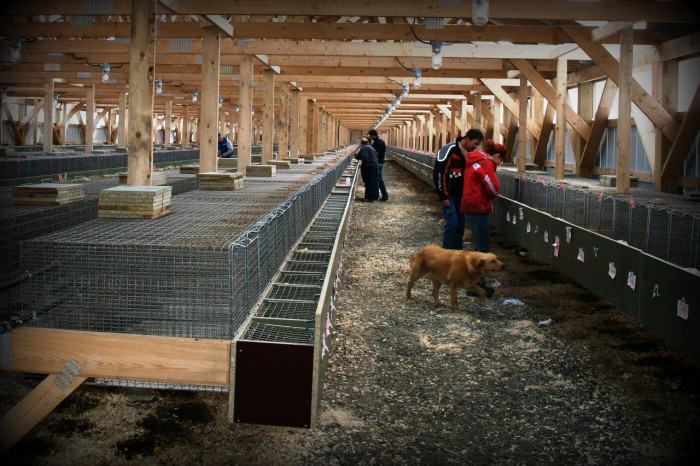Undercover Video: Concerned Citizens or Shameless Self Promoters?
by Michael Whelan, Executive Director, Fur Commission USAIn this age of “shock imagery” being used to promote political agendas, it’s easy to paint an entire industry by…
Read More

In this age of “shock imagery” being used to promote political agendas, it’s easy to paint an entire industry by the actions of a single actor. As the fur farming industry well knows, a suspect undercover video produced in China almost 10 years ago, of an animal being horribly skinned alive, is still being used to paint the industry worldwide. Though the creators of that undercover video have refused to provide the un-cut footage, identify the perpetrators so they can be prosecuted (yes, it is a crime in China) or even reveal the location or time it was made, they still try to use it as “proof” that fur production should be outlawed.
Today we continue to find that animal-rights groups, in their efforts to ban animals from our diet, clothing, medical research and pet stores, are increasingly using undercover video as “whistleblower” evidence of cruelty or neglect.
No one, especially those of us whose livelihoods depend upon healthy, well-cared for animals, wants to see an animal injured or treated badly. U.S. mink farmers, and, indeed, all animal agriculture, not only view animal welfare as a moral obligation, but know that humane care is critical to producing the quality food and fiber that America is recognized for.
Fur Commission USA supports both “whistleblower” protection laws and farm protection statutes. While extremists, often through deceit and creative editing, continue to generate and distribute shock imagery that supports their world-view, it is important to farmers in the U.S. that credible evidence of actual abuse or neglect is identified in a timely manner, and reported to the proper government authorities for investigation so that any problems can be immediately corrected. It is, and should be, all about the well-being of the animals.
Too often we see these anti-animal use groups hold back their “evidence” in order to receive maximum media coverage. They don’t want pesky issues like war, disease or human suffering to take attention away from their agenda.
Does this help the animals? No. In fact, between the time an undercover video may actually have been taken, edited and broadcast, months may have gone by. In that time, if the video is a true depiction, how much animal suffering could have been prevented?
Regrettably, it is painfully obvious that often these organizations appear to care less about the animals than they do about maximizing publicity, self-promotion and fund raising – and that should be the real crime.







